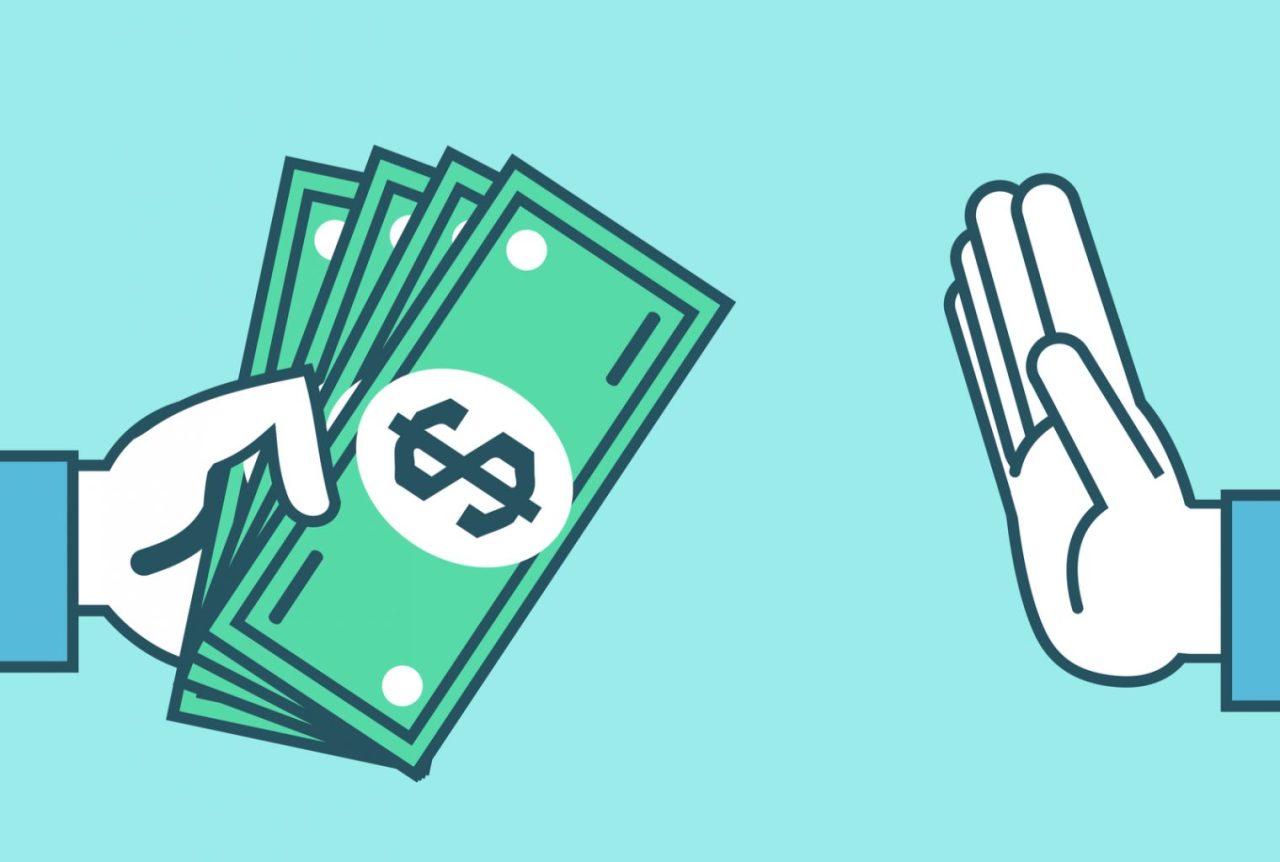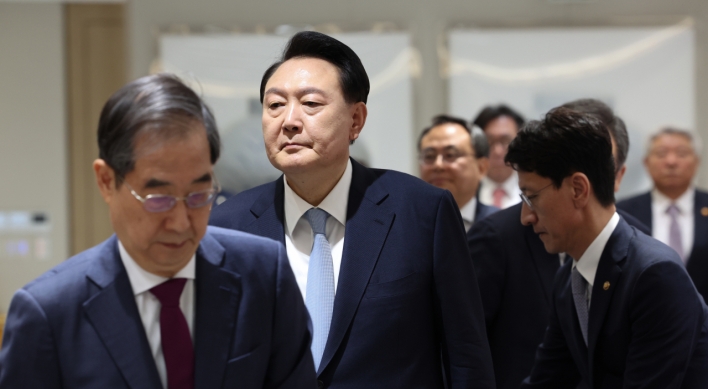For 35-year-old office worker Kim Seong-soo, carrying a wallet loaded with cash or plastic is a thing of the past.

In Pangyo Techno Valley, where he works, he can easily buy a cup of coffee and get a haircut without any cash or cards -- as long as he brings his phone.
The tech cluster, located south of Seoul in Seongnam, Gyeonggi Province, is often called the South Korean equivalent of California’s Silicon Valley. To access any service in the area, all Kim needs to do is place his phone near one of the card terminals installed in every store. The Samsung Pay app on his smartphone does the rest, and the payment is automatically charged to his credit card or debited from his bank account.
“Me and my colleagues have gone completely wallet-less since working here,” said Kim, who works at a mobile app company. “Carrying a wallet is just risky and bothersome in Pangyo.”
A cashless lifestyle is not a phenomenon confined to Pangyo. An increasing number of consumers and business owners in Korea are showing a preference for digital payments over banknotes or cards.
According to the Bank of Korea, consumer cash transactions are declining significantly as more people are choosing mobile payment options.
Its poll of 1,100 adults conducted between October and December last year shows people carried an average of 78,000 won ($64) on any given a day, as compared with 116,000 won three years earlier.
About 40 percent of the respondents said because of mobile payment platforms, they felt little need to carry cash.
From Samsung Pay to Kakao Pay
In Korea, mobile payment platforms came about as a way to make the online credit card payment process easier. Players ranging from credit card companies to smartphone manufacturers have joined the race to develop better platforms.
Leading the pack is Samsung Electronics, which has dominated the offline mobile payment market since it launched Samsung Pay in 2015. According to data from the Financial Supervisory Service, Samsung Pay handled about 80 percent of the offline transactions carried out via smartphone last year.
One of Samsung Pay’s strengths is a user-friendly platform. Using near-field communication and magnetic secure transmission technologies, it allows users to conduct transactions simply by placing smartphones near card terminals.
“Users would never come back to the platform unless they felt comfortable with their first experience,” Samsung Electronics executive Kim In-chang said at a conference hosted by the FSS last year. “We have to make consumers feel at ease when they use our service.”
Competing with Samsung’s mobile payment system is Kakao Pay, a platform launched by the country’s biggest messenger app service, Kakao, which boasts about 40 million users nationwide.
Kakao’s mobile payment system has gained popularity among consumers since its commercial launch in 2014. Last week a consumer advocacy group identified Kakao Pay as the most popular mobile payment service on the market.
In a Korea Consumer Agency survey, Kakao Pay received the highest score in terms of overall app assessment. Out of five points, Kakao scored 3.94, while Samsung Pay and NHN’s Payco received 3.92 and 3.90, respectively.
Hopes are high, but concern persists
So how close is Korea to becoming a completely “cashless society?”
In the BOK survey mentioned earlier, more than half the respondents said they expected to see a cashless society within 10 years. About 16 percent thought it would happen even sooner, “in the short term.”
Reflecting the trend, retail giants are expanding the number of “cashless stores” where consumers can use only digital payment methods. For example, more than 60 percent of the country’s 1,280 Starbucks coffee shops have gone cashless.
“As more people feel comfortable about using credit cards and mobile payments, we believe a cashless society is inevitable,” Seoul-based market research firm Trendmonitor said in a report released last month.
In line with that prediction, the country’s mobile payment system continues to grow. According to data from the Financial Supervisory Service, about 80 trillion won ($66 billion) was spent via mobile payment systems last year, up 60 percent from a year prior.
While the government and companies have expanded their cashless service targeting young, tech-savvy consumers, concerns persist that the “cashless society” initiative could marginalize those with few chances to access digital payments.
The Bank of Korea’s 2018 data showed that very few elderly people used smartphones to make digital payments. Only 1.7 percent of people in their 60s and 2.5 percent of those in their 70s had made mobile payments.
“There is a perception among the elderly that digital payments are uncomfortable and unreliable,” said Joo So-hyun, a marketing professor at Ewha Womans University. “We need to recognize that each generation has a different level of tolerance for financial technology.”
By Yeo Jun-suk (jasonyeo@heraldcorp.com)









![[KH Explains] How should Korea adjust its trade defenses against Chinese EVs?](http://res.heraldm.com/phpwas/restmb_idxmake.php?idx=644&simg=/content/image/2024/04/15/20240415050562_0.jpg&u=20240415144419)









